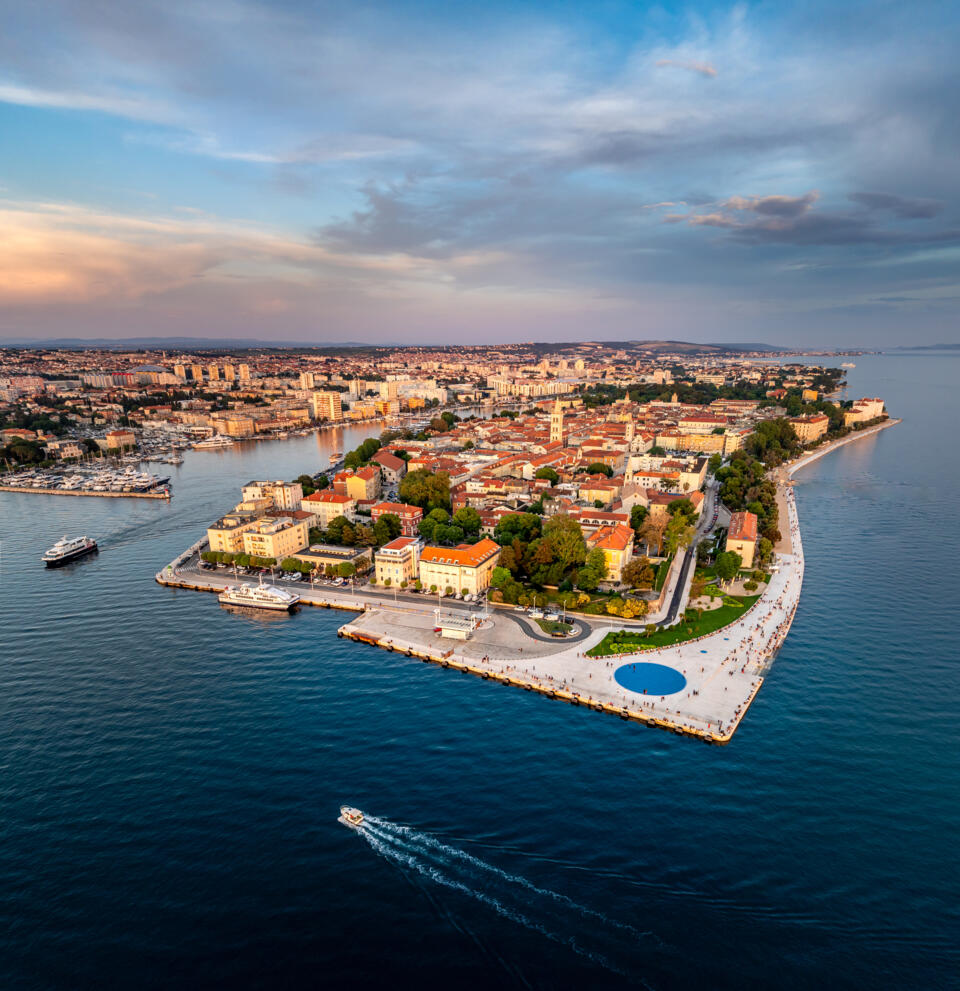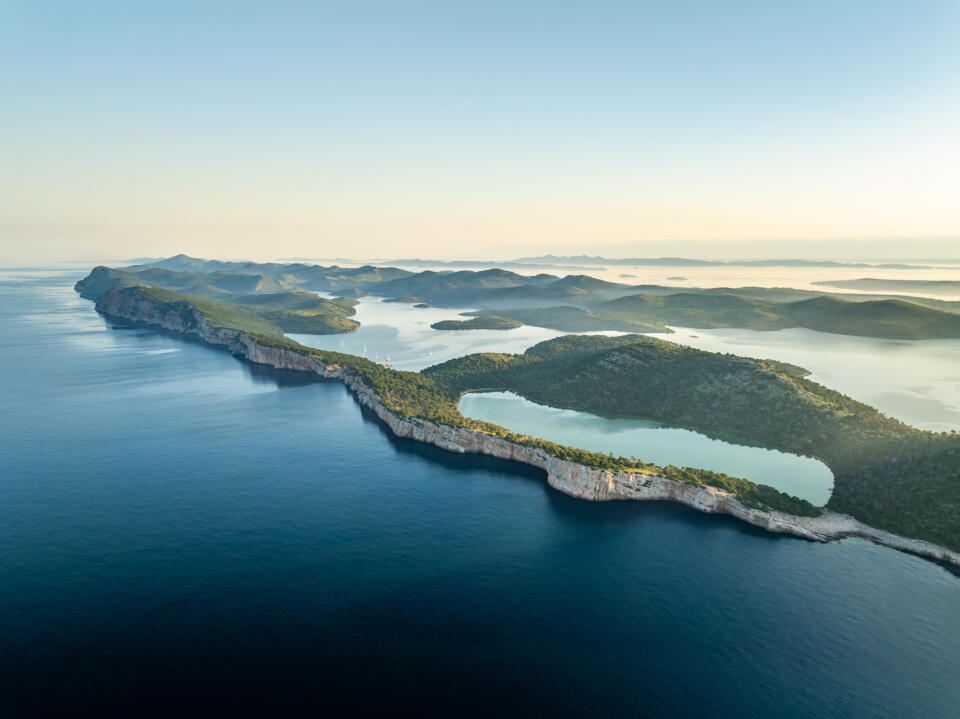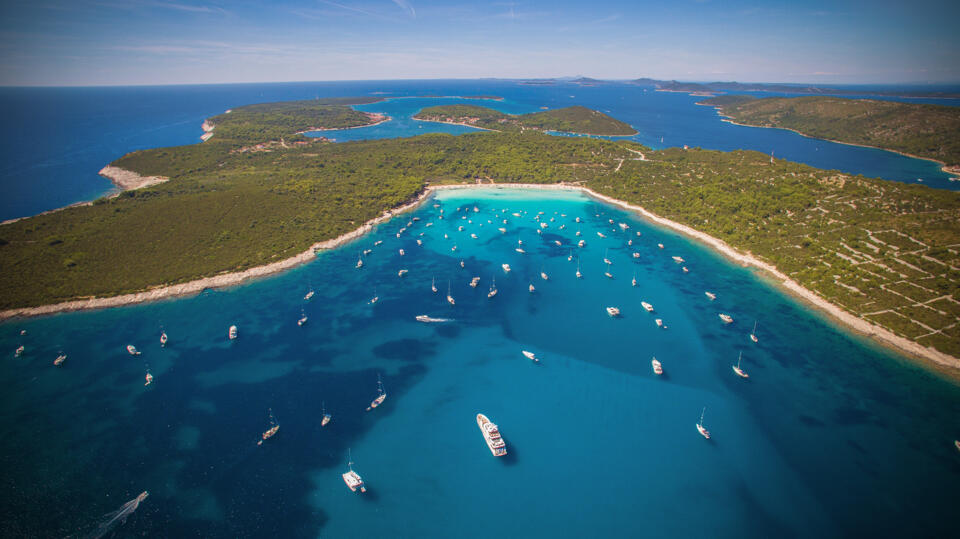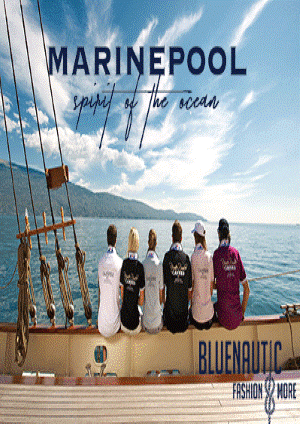Zadar – the perfect starting point for exploring the paradise archipelago
Zadar, located in the central Adriatic, is one of the most important nautical centers in Croatia. Its ideal location, connection to numerous islands, and well-developed nautical infrastructure make it a perfect starting point for exploring the Zadar archipelago – one of the most indented and beautiful parts of the Croatian coastline. It’s no surprise that more and more sailors from around the world choose Zadar as both their starting point and their destination.

The city of Zadar has well established itself as a darling on the global tourism map. With its 3000 year history and intimate, natural setting, it will add a new dimension to any boating holiday. The city of Zadar offers several marinas – including Marina Zadar, D-Marin Borik and the largest marina in Croatia, D-Marin Dalmacija in Sukošan with a large number of boats for rent – which provide reliable supplies, moorings, and maintenance services, while the city's rich cultural and gastronomic offerings further enhance the overall experience.
The Zadar region abounds with marinas, service stations, anchorages, and bays that provide safety and comfort for sailing throughout the entire season. To the north of the Zadar archipelago lies Molat – an island of peace and tranquility, ideal for sailors looking to escape the crowds. Bays such as Brgulje and Lučina offer well-sheltered anchorages. Further south is Olib, known for its sandy beaches and shallow coves, the most famous being Slatinica Bay. Silba, the "island without cars," is perfect for relaxation, with an excellent anchorage in the bay of Sveti Ante and unforgettable sunsets. Premuda is a paradise for divers and adventurous sailors – a small island full of underwater caves and tunnels, with several safe moorings and an authentic Dalmatian atmosphere. Zverinac, the smallest among these islands, offers peace, authenticity, and natural beauty – perfect for a short sailing break.

Continuing south, the islands of Rava and Iž and Žut offer a perfect blend of traditional life and nautical comfort. Rava is known for its numerous bays, with Grba and Lokvina being the most popular. Iž, with its main settlements Mali Iž and Veli Iž, has good infrastructure for sailors, and its local shipyards and pottery traditions add extra charm to the visit.
Sestrunj and Rivanj are smaller and less developed islands, but precisely because of this, they offer an ideal retreat for sailors seeking silence and unspoiled nature. The bays of Sestrunj provide well-sheltered anchorages, and their proximity to Zadar makes them easily accessible. Ist Island, with its heart-shaped form and beautiful bays, is one of the favorite destinations for sailors in this part of the archipelago.
To the southeast lie the larger islands – Ugljan and Pašman – connected by a bridge and easily accessible. Their bays, such as those in Kukljica, Preko, or Dobropoljana, offer safe moorings, and the coastal towns come alive during the summer months. The Pašman Channel offers excellent conditions for sailing and cruising, with numerous small islets and peaceful anchorages.

In the very south of the Zadar archipelago is Dugi Otok (Long Island), full of magical contrasts and contradictions. On its northern side, sailors are greeted by Mediterranean zen with the famous beach of Sakarun and in Veli Rat, the highest lighthouse on the Adriatic guards the entrance to the vast Pantera Bay. On the southern end, facing the Kornati National Park is Telašćica Nature Park, another masterpiece of nature with cliffs rising up to 160 m on one side, and beautiful Telašćica Bay with over 70 mooring buoys and a saltlake. If that is not enough, the island has 12 towns and settlements to explore.
Zadar and its archipelago represent a perfect blend of natural beauty, cultural heritage, and nautical safety. From the peaceful northern islands to the very edge of the imposing Kornati Islands, everyone can find their own piece of paradise. It’s no wonder this region attracts thousands of sailors every year – because here, the sea is not just about sailing, but a full sensory experience.
Photo: Julien Duval/CNTB, Ivo Biočina/CNTB















